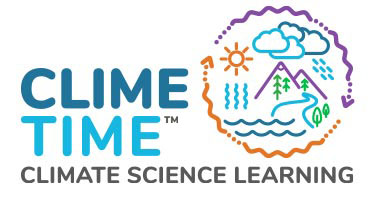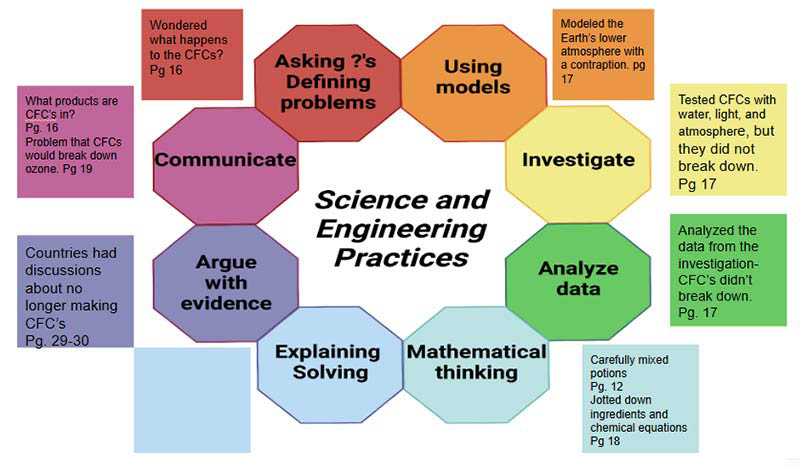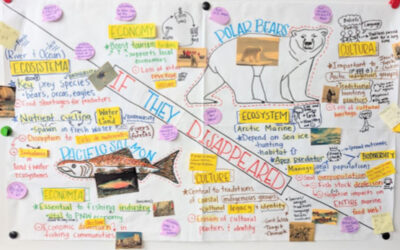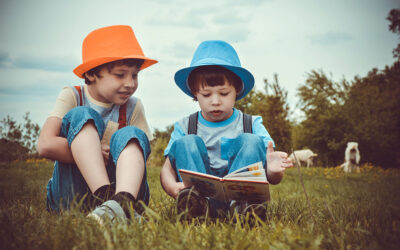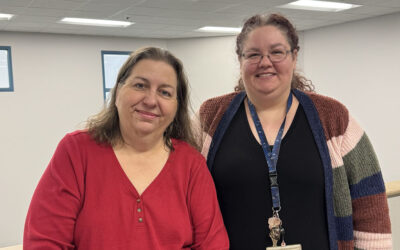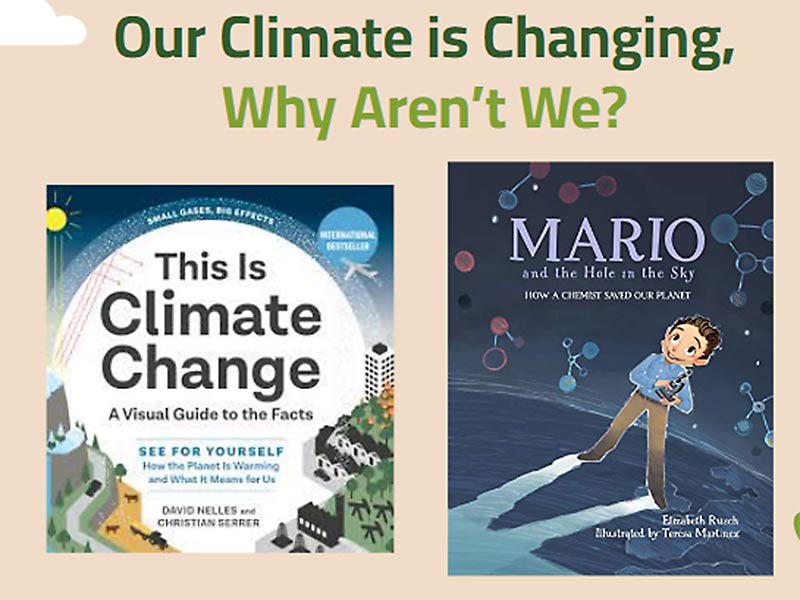
Books in Session 1
How can educators begin teaching climate science to young learners in a way that feels accessible, hopeful, and impactful? For many teachers, the idea of discussing wildfires, severe weather, greenhouse gasses, and climate change with students as young as 5 or 7 can feel daunting. Yet, these topics are increasingly relevant, especially in regions experiencing climate-related challenges. On the evening of October 29th, nearly 100 educators from across Eastern Washington gathered to tackle this question in the first of a six-session series designed to explore strategies for introducing climate science to young learners through high-quality children’s literature.
The event, facilitated through the collaboration of ESD 123 in Tri-Cities, ESD 105 in Yakima, NCESD in Wenatchee, and NEWESD in Spokane, aimed to build teachers’ confidence in understanding and conveying climate science concepts in a way that resonates with young students. These professional development sessions focus on exploring how local environmental changes—such as impacts on agriculture, human health, and extreme weather—connect to the global issue of climate change.
The series encourages teachers to understand and highlight how natural systems are connected, helping them teach in a way that shows the bigger picture. By looking at local issues and connecting them to the global topic of climate science, teachers can make these complicated ideas easier for young students to understand.
The evening’s discussion focused on the book Mario and the Hole in the Sky, chosen for its rich portrayal of environmental science and its emphasis on problem-solving. The story introduces readers to the microscopic world, science and engineering practices, and, perhaps most importantly, the power of individuals to effect change. The main character, Mario, offers a message of resilience and hope when he declares, “We saved the planet once, we can do it again.” This theme of optimism is a cornerstone of each book included in the Children’s Literature and Climate series, reinforcing to students that they can play a role in solutions and be the hope for our future.
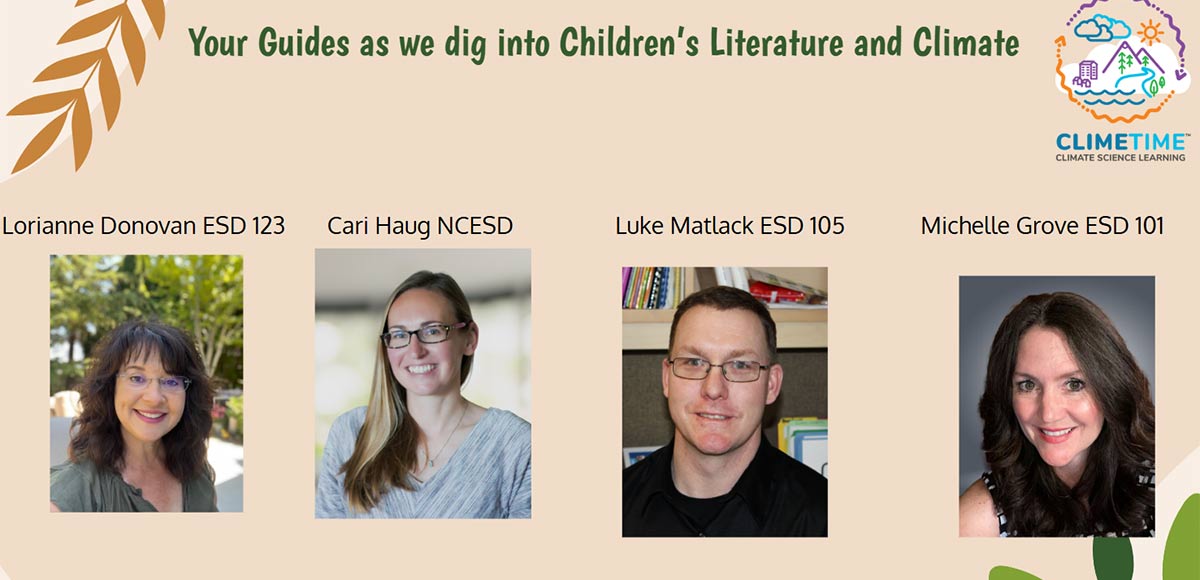
Eastern Washington Science Coordinators
This message of hope resonated strongly with educators in attendance, many of whom left feeling inspired to bring these important conversations into their classrooms. As the series progresses, teachers will continue exploring additional literature and methods for creating a supportive, solutions-oriented space where young learners can engage with and understand climate science in a meaningful way.
What teachers are saying after Session 1:
“This is Climate Change was appreciated for breaking the complexity of climate change into digestible chunks with graphics that helped with understanding.”
“How to use a climate change book with young people as a ‘this is what scientists do’ and not scare them or make them feel helpless.”
“I am hoping to continue expanding my learning and understanding of climate change with each session. I think it would be nice to have some time in breakout sessions grouped by grade level. I would like to see which books are best for K and 1st grade.”
